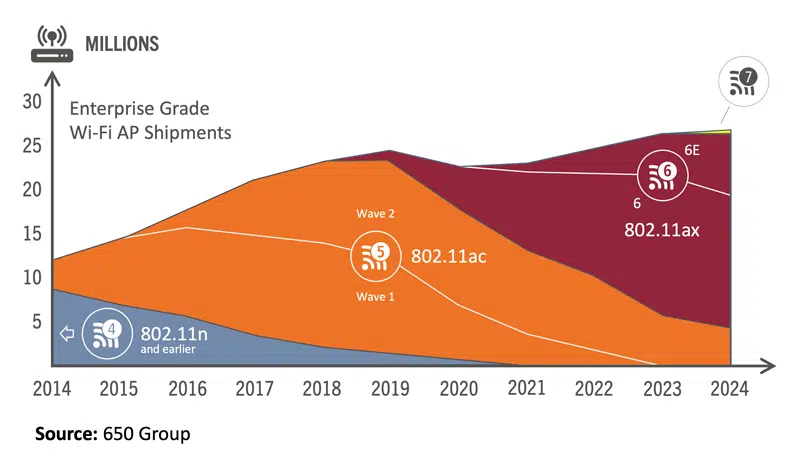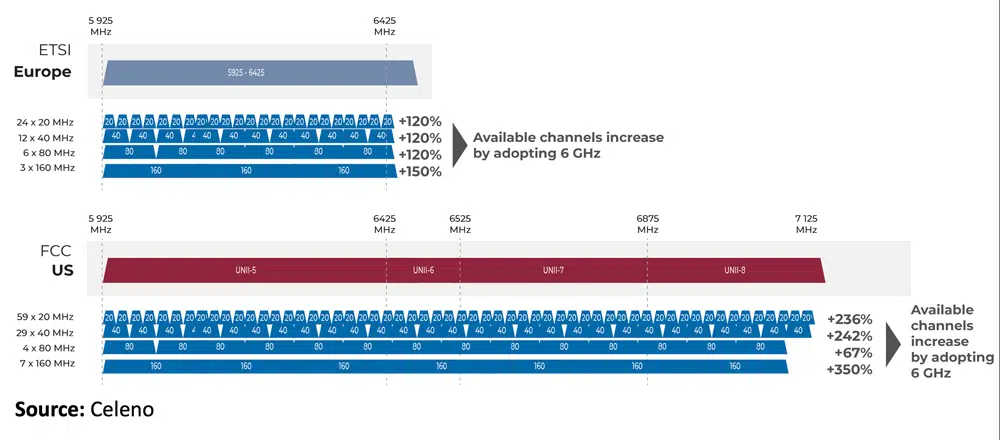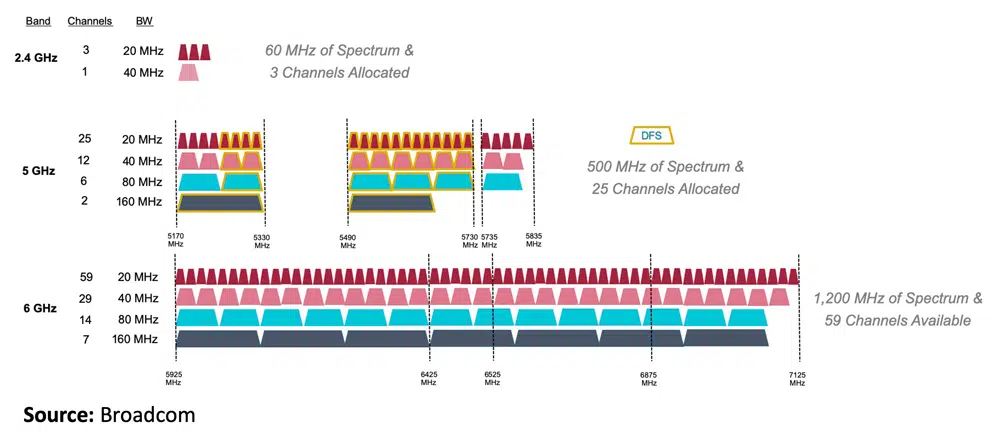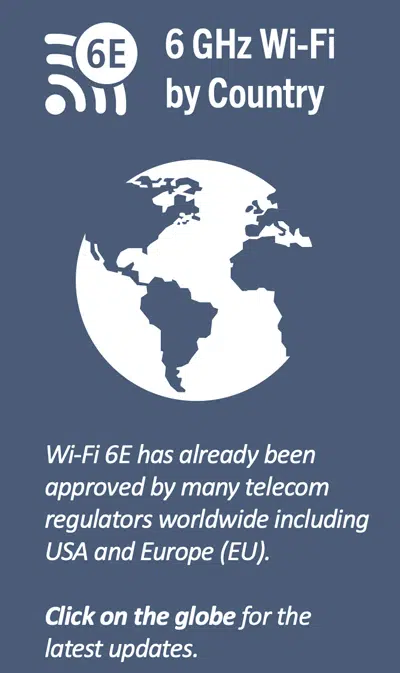Aptilo IoT Connectivity Control Service™ (IoT CCS) is part of a global IoT Service, where it adds a flexible layer of policy control and security features. The cloud-native solution from Enea incorporates IoT security from Fortinet to protect IoT devices, data traffic, and enterprise applications. This allows mobile operators to offer managed IoT security with the flexibility to steer selected traffic through virtual private connections or directly to the Internet, while protected by FortiGate Firewalls.
As an additional benefit of the solution, operators no longer need to set up individual virtual private connections for each enterprise customer, a complex task that can take weeks. With the new solution in place, enterprises can easily create their own virtual private connections in a matter of minutes.
“The award-winning Aptilo IoT CCS is a perfect illustration of how we innovate in close partnership with our customers,” says Paul Mikkelsen, Head of the Aptilo Business Unit at Enea.
Aptilo IoT CCS is one of the important components in the newly launched IoT offering Telia Global IoT Connectivity.
Aptilo IoT CCS won four different awards during 2020 (see link below).
References
• Aptilo Connectivity Control Service
https://www.aptilo.com/cloud/cellular-iot-connectivity-management-and-policy-control/
• Telia Global IoT Connectivity
https://business.teliacompany.com/internet-of-things/iot-connectivity/global-iot-connectivity
• Aptilo awards
https://www.aptilo.com/company/awards/
Contact
Erik Larsson, Senior Vice President Marketing
E-mail: erik.larsson@enea.com
About Aptilo Networks
Aptilo Networks, an Enea company, is one of the world’s leading providers of Wi-Fi service management solutions and cloud-based IoT connectivity control services. The company has delivered software and services to more than 100 operators that serve tens of thousands of enterprise customers, and hundreds of millions of end-users and devices.
About Enea
Enea is one of the world’s leading suppliers of innovative software for telecommunication and cybersecurity. Focus areas are cloud-native, 5G-ready products for data management, mobile video traffic optimization, edge virtualization, and traffic intelligence. More than 3 billion people rely on Enea technologies in their daily lives.
Enea is headquartered in Stockholm, Sweden, and is listed on Nasdaq Stockholm.
For more information: www.enea.com














